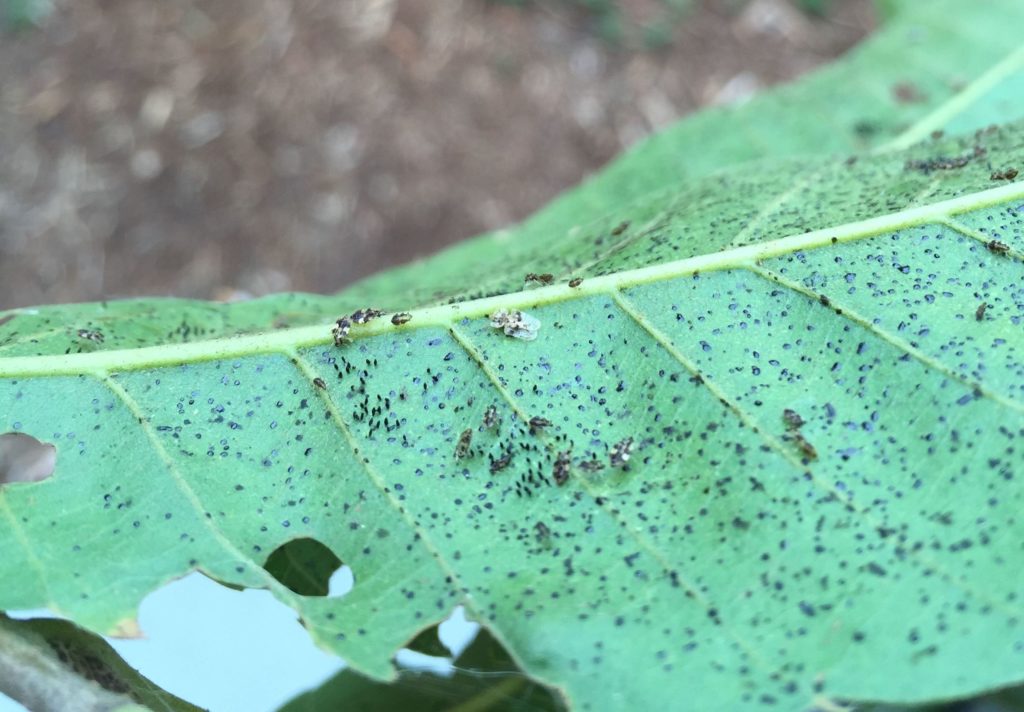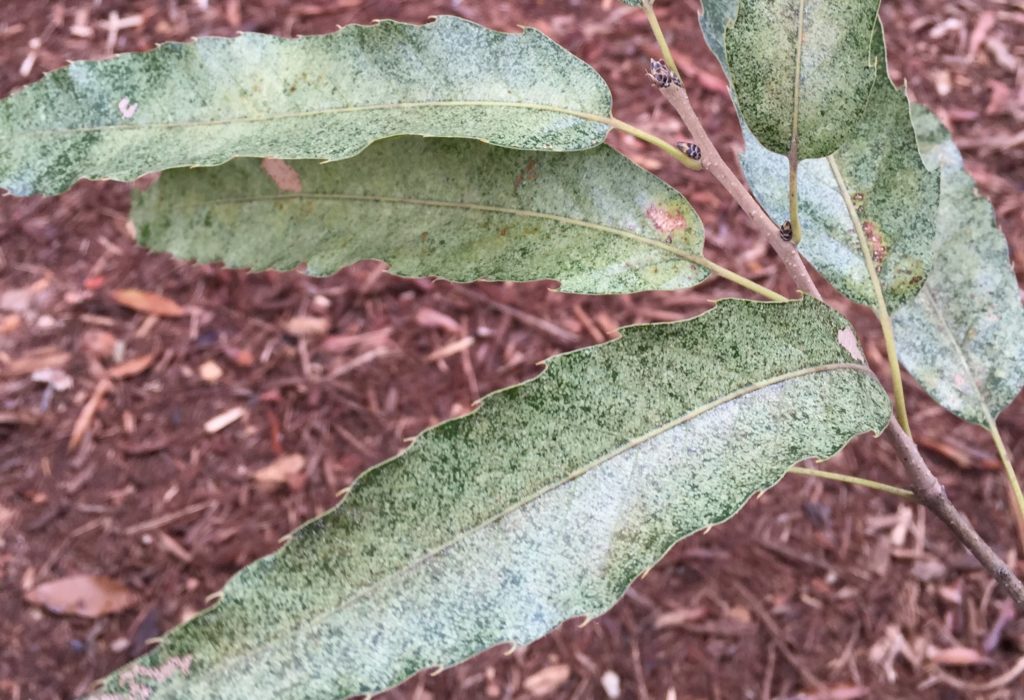Oak Lace Bug Damage
go.ncsu.edu/readext?541358
en Español / em Português
El inglés es el idioma de control de esta página. En la medida en que haya algún conflicto entre la traducción al inglés y la traducción, el inglés prevalece.
Al hacer clic en el enlace de traducción se activa un servicio de traducción gratuito para convertir la página al español. Al igual que con cualquier traducción por Internet, la conversión no es sensible al contexto y puede que no traduzca el texto en su significado original. NC State Extension no garantiza la exactitud del texto traducido. Por favor, tenga en cuenta que algunas aplicaciones y/o servicios pueden no funcionar como se espera cuando se traducen.
Português
Inglês é o idioma de controle desta página. Na medida que haja algum conflito entre o texto original em Inglês e a tradução, o Inglês prevalece.
Ao clicar no link de tradução, um serviço gratuito de tradução será ativado para converter a página para o Português. Como em qualquer tradução pela internet, a conversão não é sensivel ao contexto e pode não ocorrer a tradução para o significado orginal. O serviço de Extensão da Carolina do Norte (NC State Extension) não garante a exatidão do texto traduzido. Por favor, observe que algumas funções ou serviços podem não funcionar como esperado após a tradução.
English
English is the controlling language of this page. To the extent there is any conflict between the English text and the translation, English controls.
Clicking on the translation link activates a free translation service to convert the page to Spanish. As with any Internet translation, the conversion is not context-sensitive and may not translate the text to its original meaning. NC State Extension does not guarantee the accuracy of the translated text. Please note that some applications and/or services may not function as expected when translated.
Collapse ▲Oak lace bugs (Corythucha arcuata), like other lace bugs, cause stippling on leaves. Oak lace bugs, of course, feed on oak leaves just as sycamore lace bugs feed on sycamore and azalea lace bugs feed on azaleas.
You may notice leaf discoloration on oaks due to lace bug feeding or oak spider mite feeding. It is easy to tell the difference if you turn over a leaf. Lace bugs are large (compared to mites) and adults are ornate. There will also be dark brown eggs and dark brown spiky nymphs.
Typically, oak lace bugs do not require any management. Even if they are severe tree health will not be affected. Folks concerned about the aesthetic injury could consider horticultural oil or soap applications as an inexpensive low toxicity first pass. If insecticides become necessary you can find recommendations in the Southeastern US Pest Control Guide for Nursery Crops and Landscape Plantings.




